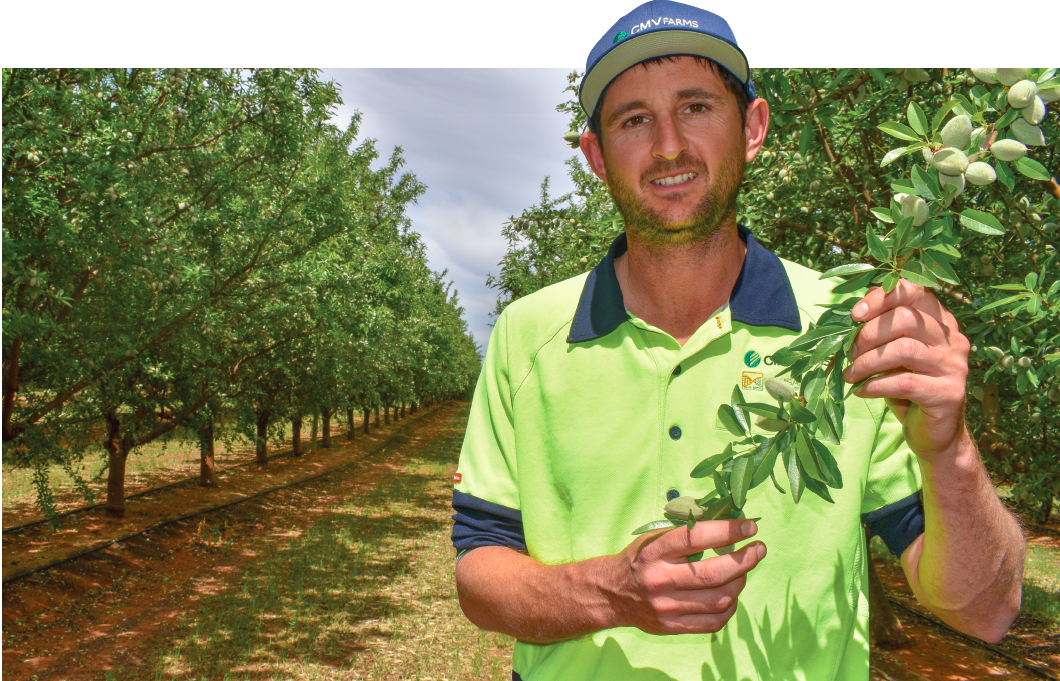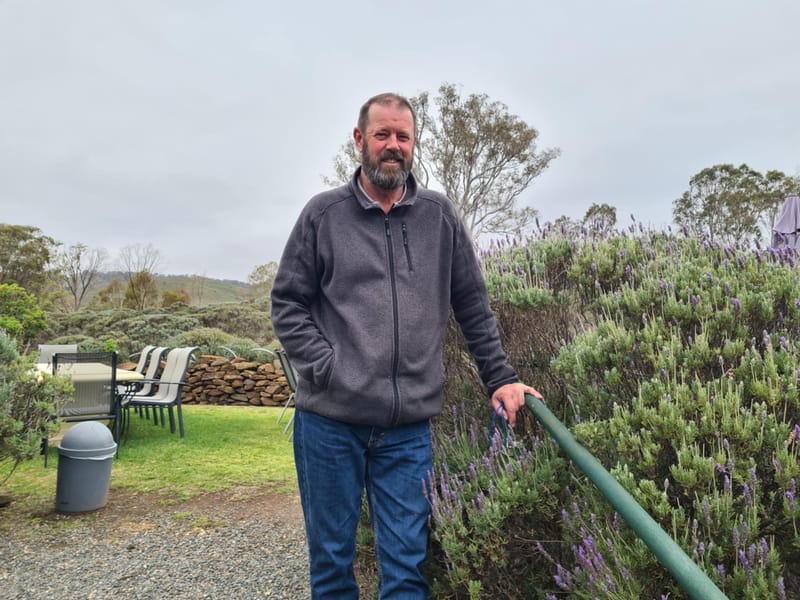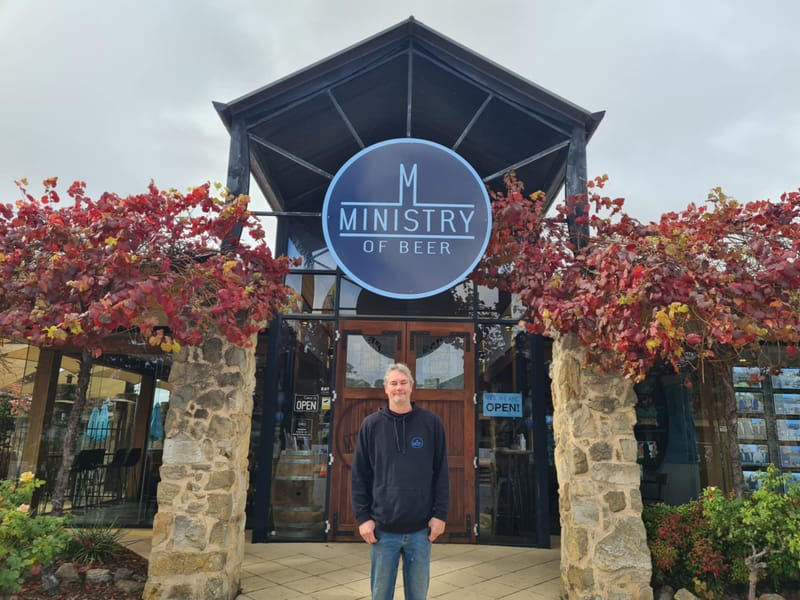From dust to bustling almond farm with 340,000 trees
WITH 340,000 almond trees planted over 615 hectares, CMV orchard manager Jeremy Miatke and his team have plenty to keep them busy all year round. And it was only five years ago, in 2016, when the property along Stanitzki Road near Loxton was...






